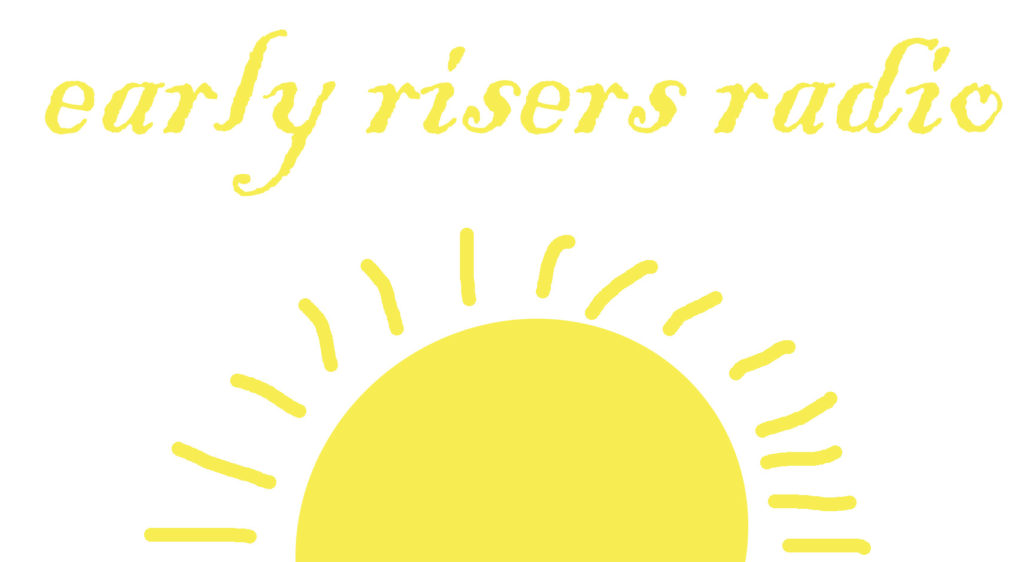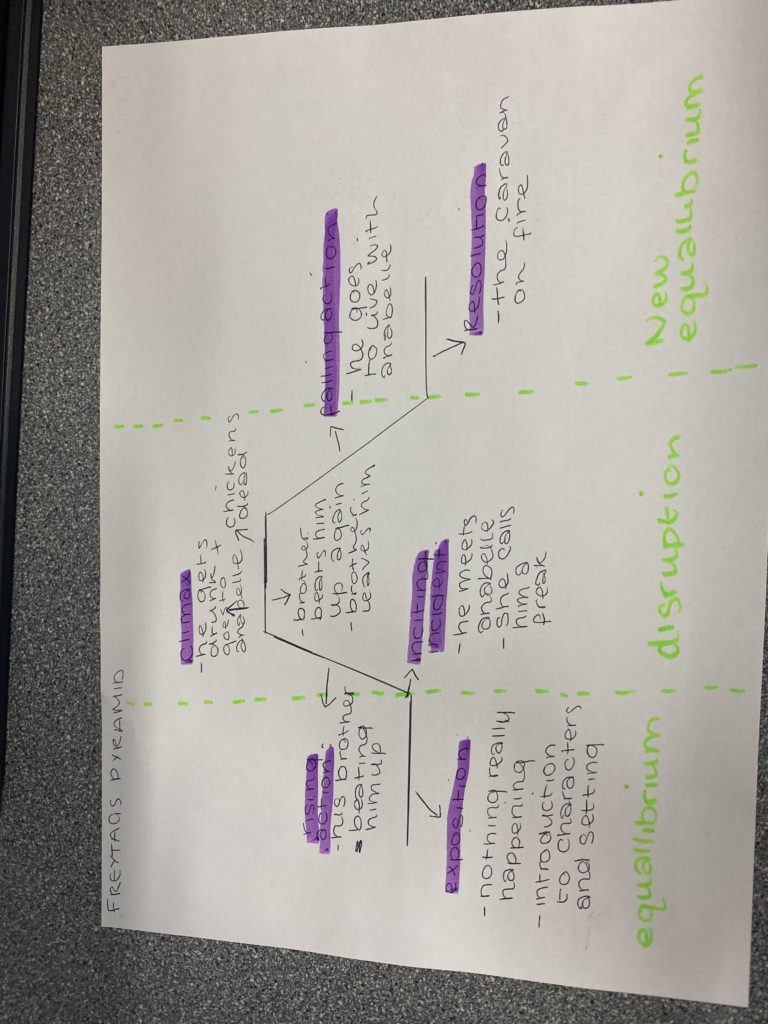| CSP’s | Theoretical Perspective | Theorists and academics that could be useful |
| 1. Music Video: Ghost Town 2. Music Video: Letter to the Free 3. On-line Marketing: Maybeline campaign 4. Film: Chicken 5. Radio: War of the Worlds 6. Radio: Life Hacks 7. Newspaper: Daily Mail 8. Newspaper: The i 9, Advertising (print): Score + there will be 1 x unseen product (= 10 CSP’s) | > Semiotics > Genre > Narrative > Postcolonialism > Representation > Feminist Critical thinking > Liberal Free Press > Transformation of Public Sphere > PSB > Ideology > Audience theories > passive / active > reception theory / theory of preferred reading > Cultivation theory > Culture, politics, history > (Fandom / Moral Panic) | ~ Barthes ~ Pierce ~ Saussure ~ Neale ~ Todorov ~ Propp ~ Levi-Strauss ~ Chatman ~ Freytag ~ Gilroy ~ Said ~ Fanon ~ Butler ~ Mulvey ~ Van Zoonen ~ Hooks ~ Habermas ~ Curran ~ Seaton ~ Livingston & Lunt ~ Hesmondhalgh ~ Gerbner ~ Hall ~ Lasswell ~ Lasarzfeld ~ Shirky ~ Jenkins ~ Giddens ~ Gauntlett ~ McDougall / Fenton |
MUSIC VIDEOS
Ghost Town
Historical, political and cultural context
In 1981 Britain was in a ‘state of crisis’, the government was unpopular, unemployment was on a rise and riots were breaking out across the country. the song is described as ‘the soundtrack to an explosion of civil unrest’. the specials announced a gig promoting racial unity on the day of ‘Ghost Town’s’ release due to the riots that were caused by indiscriminate use of police stop and search powers on the black community and the murder of of a local teenager in a racist attack.
Facts
- released in June 1981
- the specials are a British band
- ghost town spent 3 weeks at number 1 in the uk top 40
- the last song recorded by the original 7 members of the specials
- label – 2 tone
- genre – reggae/two-tone
- music video filmed in London
- directed by Barney Bubbles
- won awards for song of the year and best single
Letter to the free
Facts
- released in 2016
- nominated for NAACP Image Award for Outstanding Song – Contemporary
- the song/video is centered around the mass incarceration of African-Americans as a form of modern-day slavery, and is named after the 13th Amendment, which made slavery illegal except as “punishment of crime.”
- the video is in black and white which indicates it is about race and equality
- letter to the free was directed by Bradford Young
- the song was written for and used in the netflix documentary ‘The 13th’
Historical, political and cultural context
links to post colonialism and the history of the black community being oppressed and unfairly treated and prosecuted for crimes due to their race. focus on the idea of systematic racism and the US justice system – in 2018 Black males accounted for 34% of the total male prison population. it shows an ongoing problem in the USA with racial injustice and has highlighted different aspects of systematic racism and the outdated views that many people in the US still carry. Racial injustice is still a big problem in the USA and has been for many decades e.g. recent black lives matter protests have been help around the world in solidarity with members of the black community after a black many was killed by a police officer.
How they relate
both are from different time periods but focus on the same matter of racial injustice against black people, letter to the free in the US and Ghost town in the UK.



